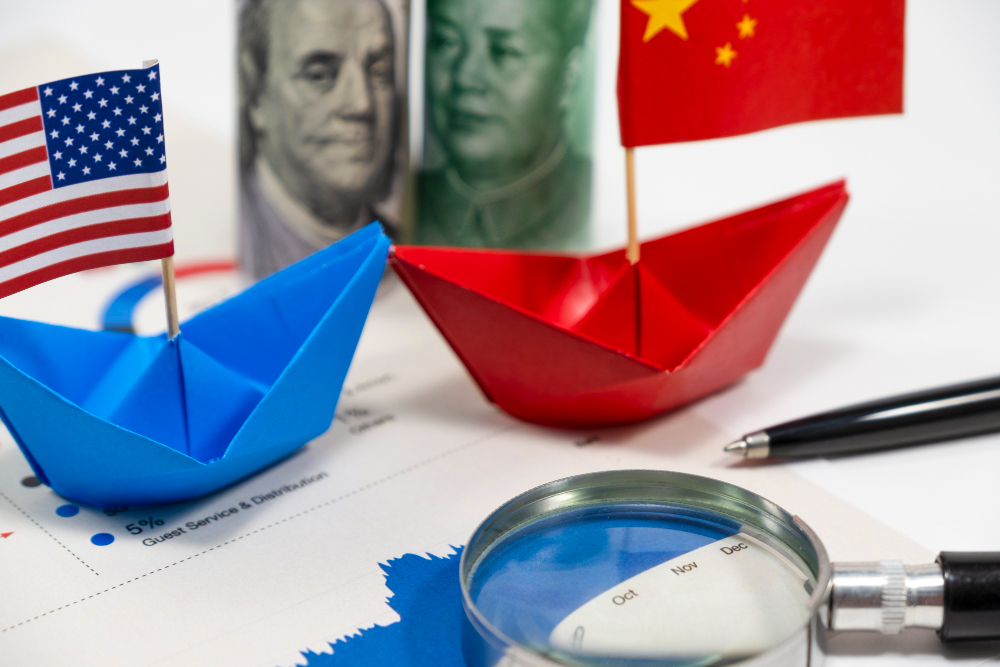Exploring China’s Trade Agreements: Insights into International Commerce
Category: Chinese chance Date: 2024-10-14 Views: 1
In a world where global commerce dictates economic success, understanding the intricacies of international trade agreements is crucial. Among the major players, China stands out with its extensive network of trade policies and partnerships. This blog post delves into the realm of China's trade agreements, exploring their scope, impact, and future in the global market. As we navigate through various aspects of these agreements, we’ll uncover how they not only shape China's economic landscape but also influence global trade dynamics.
1. Understanding China's Trade Agreements: An Overview
China's engagement in the global market is marked by its strategic formation of Free Trade Agreements (FTAs) with various countries and regions. These agreements are not just economic tools but also geopolitical instruments that China uses to cement its presence on the global stage. The FTAs vary widely, each tailored to meet specific regional and economic needs, from increasing market access for goods and services to enhancing bilateral cooperation. For instance, the China-Australia Free Trade Agreement (ChAFTA) significantly reduces barriers, increasing the trade volume between the two nations. By dissecting these agreements, we gain insight into China’s strategic economic motivations and its approach to carving out a significant niche in global commerce.
2. The Impact of the Belt and Road Initiative (BRI)
The Belt and Road Initiative (BRI), launched in 2013, is perhaps the most ambitious overseas venture by China, aiming to enhance connectivity and stimulate economic growth across Asia, Europe, and Africa. This initiative is not just about building roads and bridges but also about creating a vast network of trade routes and partnerships. The BRI influences existing and future trade agreements by improving infrastructure, which in turn facilitates easier and more efficient trade routes. This strategic move positions China as a pivotal player in global trade, shaping the economic landscape of over 60 countries involved in the initiative.

3. Key Trade Partners: A Look at China's Major Trade Agreements
China’s economic tentacles reach far and wide, with significant agreements spanning continents. The ASEAN-China Free Trade Area (ACFTA), for instance, is one of the world’s largest free trade areas, impacting over 1.9 billion people and facilitating tremendous trade volume and economic engagement. Similarly, trade dynamics with the European Union are continually evolving, with both entities keen on investing in sustainable and profitable futures. Each partnership and agreement has its own set of terms and benefits, carefully crafted to enhance mutual economic growth and cooperation.
4. Benefits of China's Trade Agreements
The benefits of these trade agreements are manifold. For China, they mean tariff reductions, increased exports, and deeper foreign investment ties. For its trading partners, it means access to one of the world’s largest consumer markets, technology exchanges, and capital investments. Sectors like technology, agriculture, and manufacturing have seen exponential growth due to these facilitated trade measures. Furthermore, these agreements often include provisions for economic cooperation and technological exchanges, fostering a more interconnected and interdependent global economy.
5. Challenges and Criticisms
However, the path of international trade is not without its challenges. Critics argue that China’s trade practices often lead to trade imbalances, where the scales are tipped in favor of China, impacting domestic industries in partner countries. Issues such as labor practices and intellectual property rights also present significant stumbling blocks. These criticisms are important as they highlight the complexities and drawbacks of current trade practices, urging for reforms and fair practices.
6. The Future of China’s Trade Agreements
Looking ahead, the trajectory of China’s trade agreements seems geared towards inclusivity and sustainability. Emerging markets in Africa and Latin America are potential hotspots for future trade pacts. Furthermore, as the global emphasis shifts towards sustainability, future trade agreements are likely to incorporate environmental standards and green technologies, marrying commerce with ecological responsibility.
China and the Evolving Trade Landscape
China’s trade agreements are pivotal in understanding not only its economic strategies but also the broader implications for global trade dynamics. As the global landscape evolves, so too will the nature and scope of these agreements, influencing a wide array of sectors and economies worldwide.
What are your thoughts on China’s role in global trade? How do you think these agreements will affect the future of international commerce? Share your views in the comments below or subscribe for more insights into the fascinating world of international trade.

